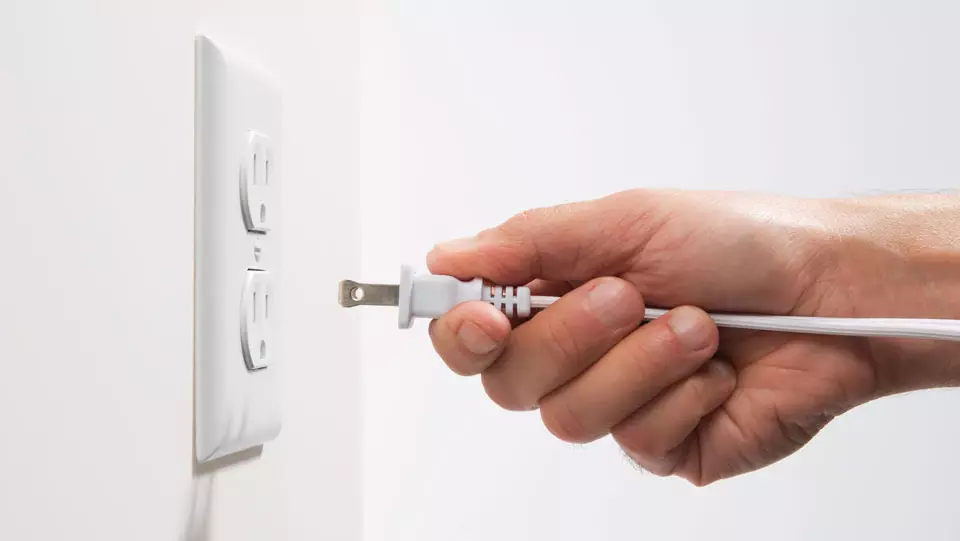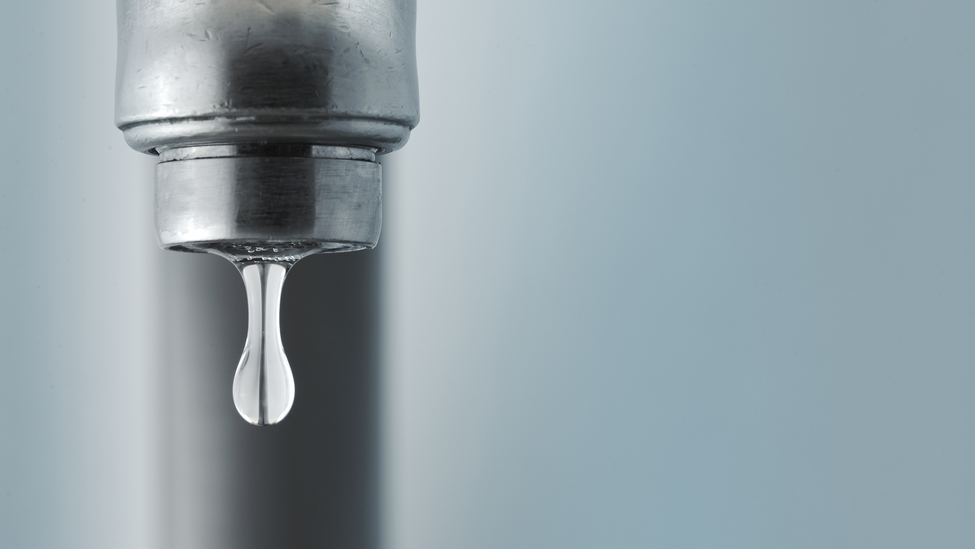Top Ways Things Can Go Wrong and How to Help Protect Your Home

(DESCRIPTION)
The red umbrella of the logo shades the S in Travelers. Text, Improving Your Home's Security.
(SPEECH)
[MUSIC PLAYING]
SPEAKER: We all take pride in landscaping our yards, but as beautiful as it is your home's landscaping can play a role in the plans of would be thieves.
(DESCRIPTION)
An icon of a man with a high collar and sunglasses appears over a cartoon home and car
(SPEECH)
Here are three simple steps you can take using a combination of landscaping and smart technology to help keep your home secure from intruders, especially when you're away.
(DESCRIPTION)
An icon of gardening shears and one of a lightbulb appear over the house before the car drives away.
(SPEECH)
One, shape your landscaping with security in mind. Prune shrubs and trim trees, making sure to clear areas around your home that may otherwise provide cover for thieves.
(DESCRIPTION)
The landscaping around the home becomes less dense, with trees becoming more sparse and hedges getting shorter.
(SPEECH)
Two, use smart lighting. Install motion sensors outside, and use smart bulbs or timers inside.
(DESCRIPTION)
A light on the side of the house illuminates an area of the siding and ground. A hand appears, holding a smartphone with an icon a bulb on it. The person holding the phone switches a toggle switch from off to on, turning on lights inside the house.
(SPEECH)
These steps will help to give the appearance that your home even when you're away.
Three, create an away plan. Have your mail stopped, ask a neighbor to remove newspapers or packages that may be left on your doorstep, and consider having a plan for your lawn care or snow removal if planning to be away from home for an extended period.
(DESCRIPTION)
A document flies out from the roof of the home. It reads, AWAY PLAN. 1. STOP MAIL. 2. REMOVE NEWSPAPERS. 3. MOW LAWN/ CLEAR SNOW. The document has icons of a mailbox, newspaper, and a lawnmower and shovel.
(SPEECH)
Now that you've got your game plan to help secure your home, don't you have a few things to do? Talk to your Travelers representative or independent agent today.
(DESCRIPTION)
Text, Travelers. Talk to your Travelers representative or independent agent today. Travelers dot com. Travelers Casualty and Surety Company of America and its property casualty affiliates. One Tower Square, Hartford, CT 06183 This material does not amend, or otherwise affect, the provisions of any insurance policy issued by Travelers. It is not a representation that coverage does or does not exist for any particular claim or loss under any such policy. Coverage depends on the facts and circumstances involved in the claim or loss, all applicable policy provisions, and any applicable law.
Ever wonder what are the most common causes of damage around the house? Whether you’re about to buy a new home or you’ve lived there for years, knowing what can go wrong can help you better protect your house, and save you the time and the inconvenience of making repairs.
Travelers analyzed eight years of claim data to identify the five most frequent causes of home damage.1 “From windstorms to water damage, we see thousands of homeowners claims a year,” said Pat Gee, Travelers Senior Vice President of Auto, Property & Catastrophe Claim. “By sharing some of the insights that the data provides, we want to help homeowners avoid these common causes of claims.”
Taking immediate short-term steps and planning long-term measures can help to prepare your home to better withstand common causes of property damage.
1. Windstorms – Accounting for nearly a quarter (24%) of all losses, windstorms top the list of the most frequent causes of Travelers homeowners claims.
Short-term steps:
- Homeowners can prune trees to reduce the risk of tree-related damage, which causes hundreds of millions of dollars of damage each year, according to the Insurance Institute for Business and Home Safety (IBHS).2
Long-term steps:
- The IBHS FORTIFIED Home™ program is a building standard that addresses high winds and damaging hail. FORTIFIED Home offers three levels of designations for both new and existing homes – bronze, silver and gold. Achieving a FORTIFIED Home status often includes steps such as taping roof deck seams, anchoring porches, carports and other attached structures, and anchoring the roof structure to the exterior wall, and the wall to the foundation.
2. Water damage, non-weather – 20% of claims result from water damage unrelated to weather events. Water leaks from pipes, water heaters, air conditioning units, refrigerators and washing machines are among the most common causes of damage.
Short-term steps:
- Know how to shut off your main water supply. If you will be away from home for an extended period, consider shutting off the water supply and draining the pipes.
- Inspect appliances such as water heaters, showers, tubs, toilets, sinks and dishwashers annually, and have them repaired if there are any signs of leaks or corrosion. When possible, install water heaters and washing machines in areas with floor drains to minimize damage if leaks should occur.
- Check pipes for leaks and cracks, and appliance hoses and plumbing fittings for signs of breakage, crimping or bending.
Long-term steps:
- Install a smart water main shutoff device with sensors that can detect the presence of water and shut off the main water supply. Some devices can also send alerts to your smartphone notifying you of water leaks so you can take steps to contain the damage.
- Consider placing sensors near washing machines, dishwashers, refrigerators, hot water heaters, sinks, toilets and other items that are connected to water supplies.

Travelers Insurance allows you to customize your coverage to fit your unique needs. We focus on understanding you, so you'll feel right at home working with us.
3. Hail – 16% of claims are due to hail.
Short-term steps:
- Consider signing up for local weather alerts, which deliver warnings when hailstorms are approaching your area.
- Bring patio furniture indoors or move it to a covered area when not in use to help protect it from damage.
- Whenever possible, park in a covered area or garage.
Long-term steps:
- Check out the IBHS list of hail-prone areas, which uses radar-based hail measurements and storm reports to identify areas with a risk of relatively frequent damaging hail events of 1 inch or larger, or less frequent hail with up to a 2-inch diameter or larger. For hail-prone areas, IBHS recommends impact-rated roof coverings.
4. Water damage, weather-related – 11% of claims are due to weather-related water damage, such as ice-dam related losses or roof or flashing leaks caused by rain, ice melting or snow.
Short-term steps:
- Knowing how to identify and remove ice dams from your roof can help protect against water damage during the winter. If ice dams are not removed, water from melting snow may back up underneath roof shingles and make its way into your home.
- Clear gutters of leaves and other debris to help with drainage all year round.
Long-term steps:
- Take steps in advance to prevent ice dams from forming, such as insulating your attic, improving ventilation and installing a water repellant membrane underneath roof shingles when replacing the roof covering.
- Insulate pipes to help prevent freezing.
5. Theft – 6% of claims are due to theft from the premises.
Short-term steps:
- Always close and lock all windows and doors to prevent easy access to your home.
- Appear home, even if you are away, by placing some home lighting on timers and arranging for friends or family to check for flyers and packages that can suggest you are away.
Long-term steps:
- Consider installing a home security system. Smart home automation technology offers a number of features, including intrusion alarms, remotely monitored video cameras, smart locks and doorbells, and smart light bulbs.
- Clear away any overgrown landscaping that could provide potential hiding spots for thieves and consider installing exterior lighting to illuminate areas around your home.
These are just a few of the short- and long-term steps that you can take to help protect your home and reduce your risk of property damage. Knowing the particular risks in your geographic area can help you focus your home improvement time and energy on the projects that make the most sense for your home.
Learn more about Travelers homeowners insurance products, or if you’re ready to take the next step, click here to get a quote or find an agent.
Sources
¹ Travelers Claim data, 2009-2016.



